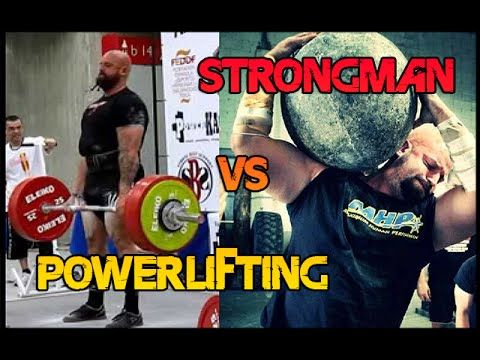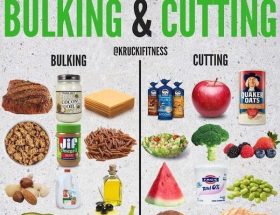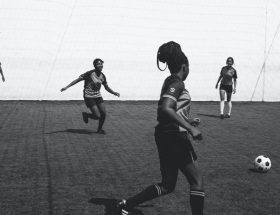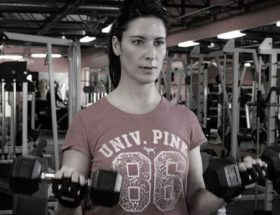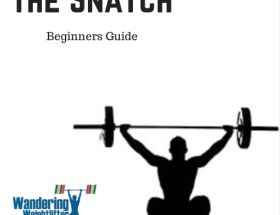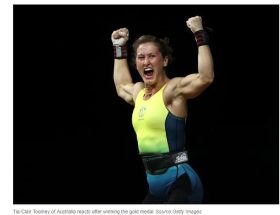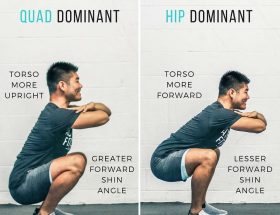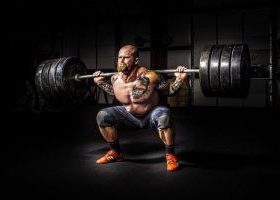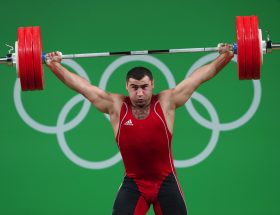Strength sports have gained significant popularity in recent years, and two of the most prominent disciplines within this realm are strongman and powerlifting. While both sports focus on showcasing impressive feats of strength, there are distinct differences that set them apart. In this article, we will explore the key differences between strongman and powerlifting.
Strongman
Strongman competitions revolve around a variety of strength-based challenges that test a competitor’s overall strength and power. The events typically include lifting heavy objects such as logs, kegs, and stones, as well as pulling vehicles, flipping tires, and carrying weighted implements.
Events: Strongman competitions consist of a series of events, usually five to ten, each designed to challenge different aspects of strength. These events may include the Atlas stones (lifting large stones onto platforms), the farmer’s walk (carrying heavy implements in each hand), the deadlift (lifting a heavy barbell from the ground), and the log press (lifting a weighted log overhead).
Training: Strongman training is highly specialized, focusing on a wide range of movements and exercises that mimic the events in competitions. This includes heavy lifting, strongman-specific exercises such as implement carries and sled pulls, as well as a dedicated focus on grip strength and conditioning. Strongman competitors often incorporate a combination of traditional weightlifting, functional training, and strongman-specific training into their routines.
Physique: Strongman athletes are known for their incredible size and strength. They often have a larger body composition, carrying more muscle mass and body fat compared to powerlifters. This increased size and muscle mass contribute to their ability to perform the challenging events in strongman competitions.
Powerlifting
Powerlifting, on the other hand, is a strength sport focused solely on three primary lifts – the squat, bench press, and deadlift. The objective is to lift the heaviest weight for a single repetition in each of these lifts.
Lifts: Powerlifting competitions consist of three lifts, as mentioned above:
Squat: This involves lifting a loaded barbell placed across the shoulders, bending the knees, and lowering the body until the hips are parallel to or below the knees before returning to a standing position.
Bench press: Competitors lie on a flat bench and must lower the barbell to touch the chest before pressing it back up until the arms are straight.
Deadlift: This is a simple lift where competitors lift a loaded barbell from the ground, standing up and locking out with their hips and knees fully extended.
Training: Powerlifters primarily focus on improving their performance in these three lifts. Training involves developing strength, technique, and power through variations of the main lifts, accessory exercises to target specific muscle groups, and careful programming to maximize progress over time.
Physique: Powerlifters come in various shapes and sizes. They can range from having a more muscular build with lower body fat to a heavier body composition. The emphasis in powerlifting is on pure strength rather than overall physique.
Scoring and Competitions
Strongman Scoring: In strongman competitions, scoring can vary depending on the event and the competition itself. Athletes are awarded points based on their performance in each event, with the overall winner being the athlete with the highest total points at the end of all events.
Powerlifting Scoring: In powerlifting competitions, athletes are judged based on their heaviest successful lift in each of the three lifts – squat, bench press, and deadlift. The competitor with the highest total lifted weight across all three lifts wins.
Competition Atmosphere: While both strongman and powerlifting competitions are intense, powerlifting is often viewed as more structured and formal. Strongman competitions tend to have a more lively and energetic atmosphere, with crowd interaction and additional events to entertain spectators.
Conclusion
Strongman and powerlifting certainly have similarities, such as their roots in strength sports and the display of impressive feats of strength. However, the key differences lie in the range of events, training methods, physique requirements, and scoring systems. Whether someone chooses strongman or powerlifting as their preferred strength sport depends on their personal preferences, goals, and dedication to developing their strength in a specific domain.
